The “green gap” is described as the lack of suitable green LEDs. In a new study, researchers at the University of Illinois Urbana-Champaign have found a potential path to fill the green gap with an ultimate goal to “triple the efficiency of today’s white light emitting diodes.”
Tag: LED
Simple ballpoint pen can write custom LEDs
Researchers working with Chuan Wang, an associate professor of electrical and systems engineering at the McKelvey School of Engineering at Washington University in St. Louis, have developed ink pens that allow individuals to handwrite flexible, stretchable optoelectronic devices on everyday materials including paper, textiles, rubber, plastics and 3D objects.
study provides new insights about surface, structure of asteroid Bennu
When NASA’s OSIRIS-REx spacecraft collected samples from asteroid Bennu’s surface in 2020, forces measured during the interaction provided scientists with a direct test of the poorly understood near-subsurface physical properties of rubble-pile asteroids. Now, a Southwest Research Institute-led study has characterized the layer just below the asteroid’s surface as composed of weakly bound rock fragments containing twice the void space as the overall asteroid.
Smart Lighting Controls Primed for Data Mining
The smarter our buildings become, the more data they generate. Lighting controls data, in particular, could prove valuable for facilities managers, manufacturers, and lighting designers. But as valuable as the data are, the buildings industry is still learning how to interpret and leverage the data.
LED Material Shines Under Strain
A team led by researchers at Lawrence Berkeley National Laboratory (Berkeley Lab) and UC Berkeley has demonstrated an approach for achieving LEDs with near 100% light-emission efficiency at all brightness levels.
LEDs Light the Way to Coronavirus Disinfection
LEDs are commonly used for sterilization, and in the continued effort to combat the coronavirus pandemic, LEDs can also help inactivate SARS-CoV-2. A team in Pakistan designed far-ultraviolet LEDs at a targeted wavelength of 222 nanometers, chosen both for its ability to inactivate the virus and for being safe on human skin. They based their design on the material aluminum gallium nitride, part of a set of materials called III-nitrides which are efficient, inexpensive, and environmentally friendly.
Indoor Lighting Creates Power for Rechargeable Devices, Sensors
As more devices require recharging their batteries, researchers are looking to ambient lighting as a potential source of generating small amounts of power for indoor devices. The researchers used one lighting source, a white LED akin to normal brightness for indoor lights, to test three different modules — a gallium indium phosphide semiconductor, a gallium arsenide semiconductor, and a silicon semiconductor. The light source peaked in intensity on the shorter wavelengths of light.
Smart Light Bulbs for Better Visibility by Chulalongkorn Researchers Aims to Reduce Accidents in the Elderly and Those with Low Vision
Smart LED light bulbs for the elderly, the latest innovation from Chula and its partners, can do more than emitting light. They enhance the contrast among the primary colors of light thereby improving visibility and reducing accidents in the elderly. The product is expected to hit the market in May.
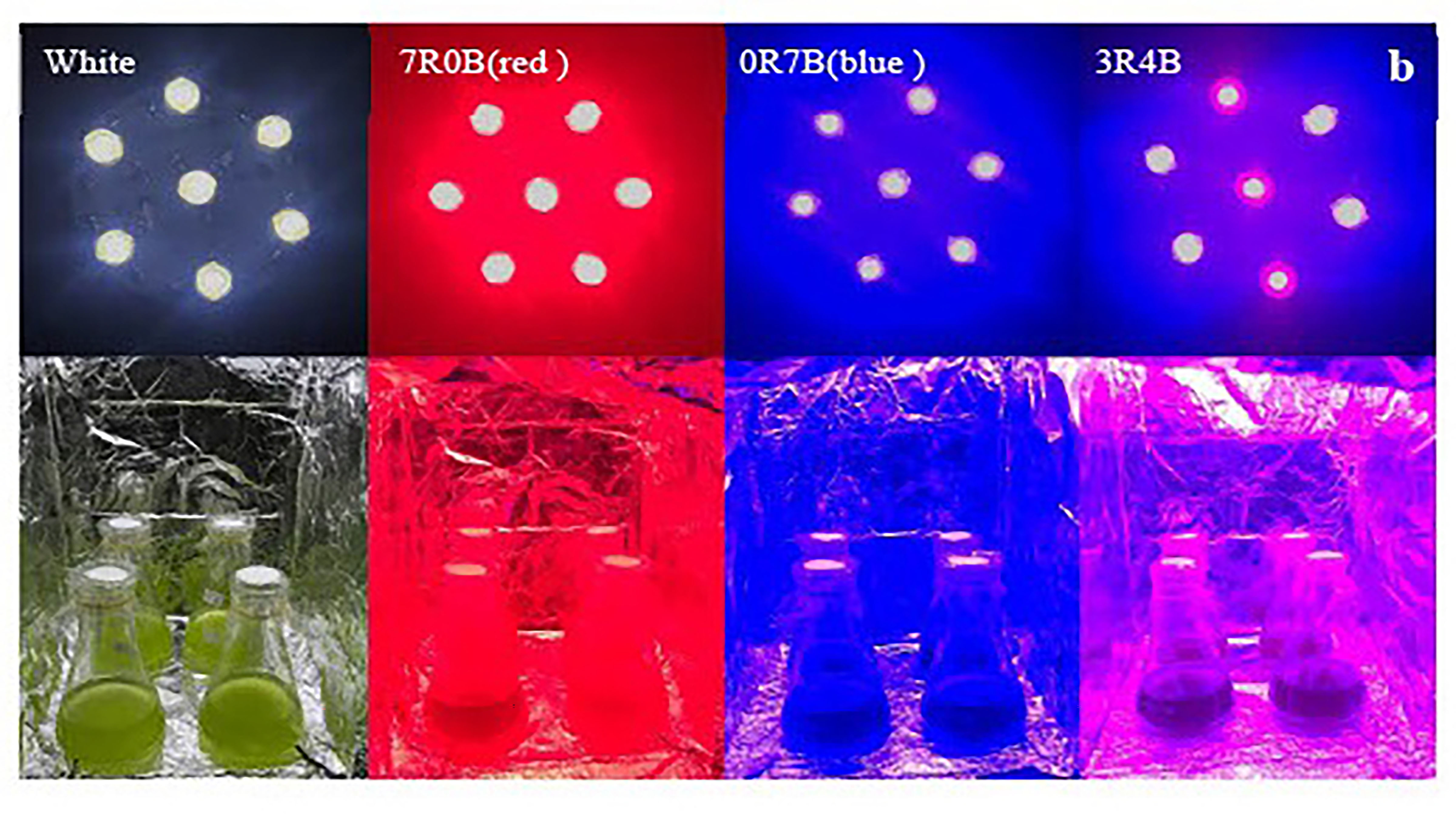
Shining, Colored LED Lighting on Microalgae for Next-Generation Biofuel
As biofuels continue to present challenges, microalgae are gaining momentum as a biofuel energy crop. In the Journal of Renewable and Sustainable Energy, researchers show how a combination of monochromatic red and blue LED illumination on one type of microalga can enhance its growth and increase the biosynthesis of critical components, such as lipids, for microalgae feedstock development. The researchers focused on Dunaliella salina, typically extracted from sea salt fields and found in salt lakes.

ECS Congratulates Members Awarded 2021 Queen Elizabeth Medal
The Electrochemical Society (ECS) is proud to congratulate the 2021 Queen Elizabeth Prize for Engineering winners, Isamu Akasaki, Shuji Nakamura, Nick Holonyak, Jr., M. George Craford, and Russell Dupuis. The 2021 prize acknowledges their contributions from the initial creation and development of LED lighting its applications.
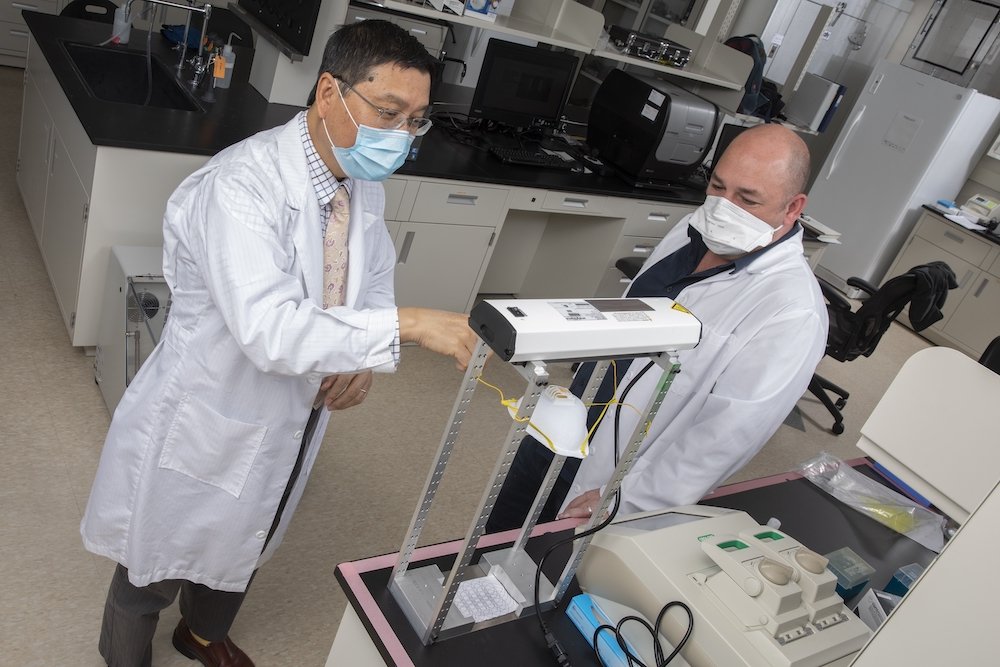
Binghamton University awarded SUNY Prepare Innovation Grants to pursue COVID-19 research
The State University of New York has awarded grants of up to $10,000 to three teams at Binghamton University to pursue research projects related to COVID-19.
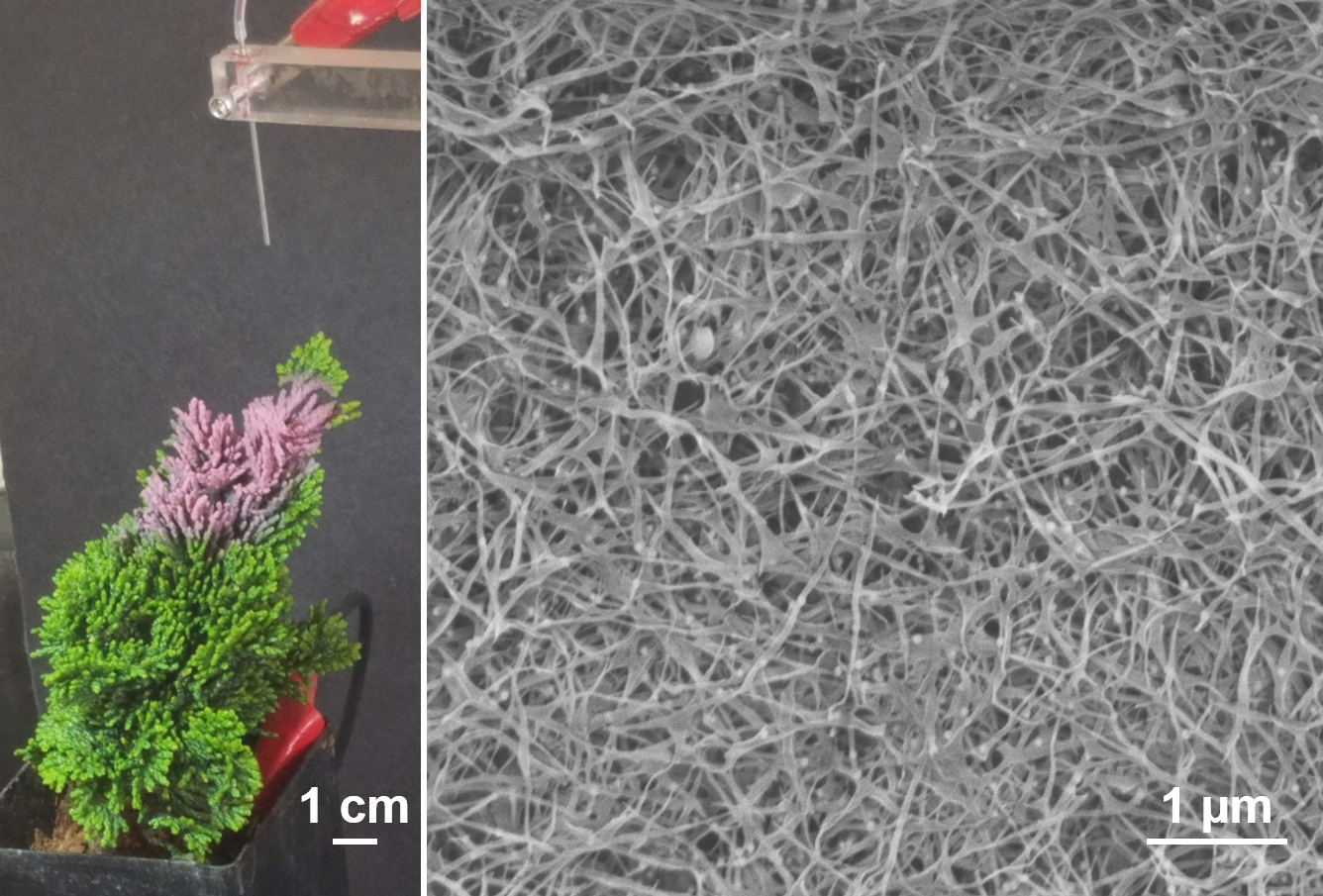
Plant-Based Spray Could be Used in N95 Masks and Energy Devices
Engineers have invented a way to spray extremely thin wires made of a plant-based material that could be used in N95 mask filters, devices that harvest energy for electricity, and potentially the creation of human organs. The method involves spraying methylcellulose, a renewable plastic material derived from plant cellulose, on 3D-printed and other objects ranging from electronics to plants, according to a Rutgers-led study in the journal Materials Horizons.

Killing Coronavirus with UV Light
A personal, handheld device emitting high intensity ultraviolet light to disinfect areas by killing the Corona virus is now feasible, according to researchers at Penn State, the University of Minnesota and two Japanese universities.
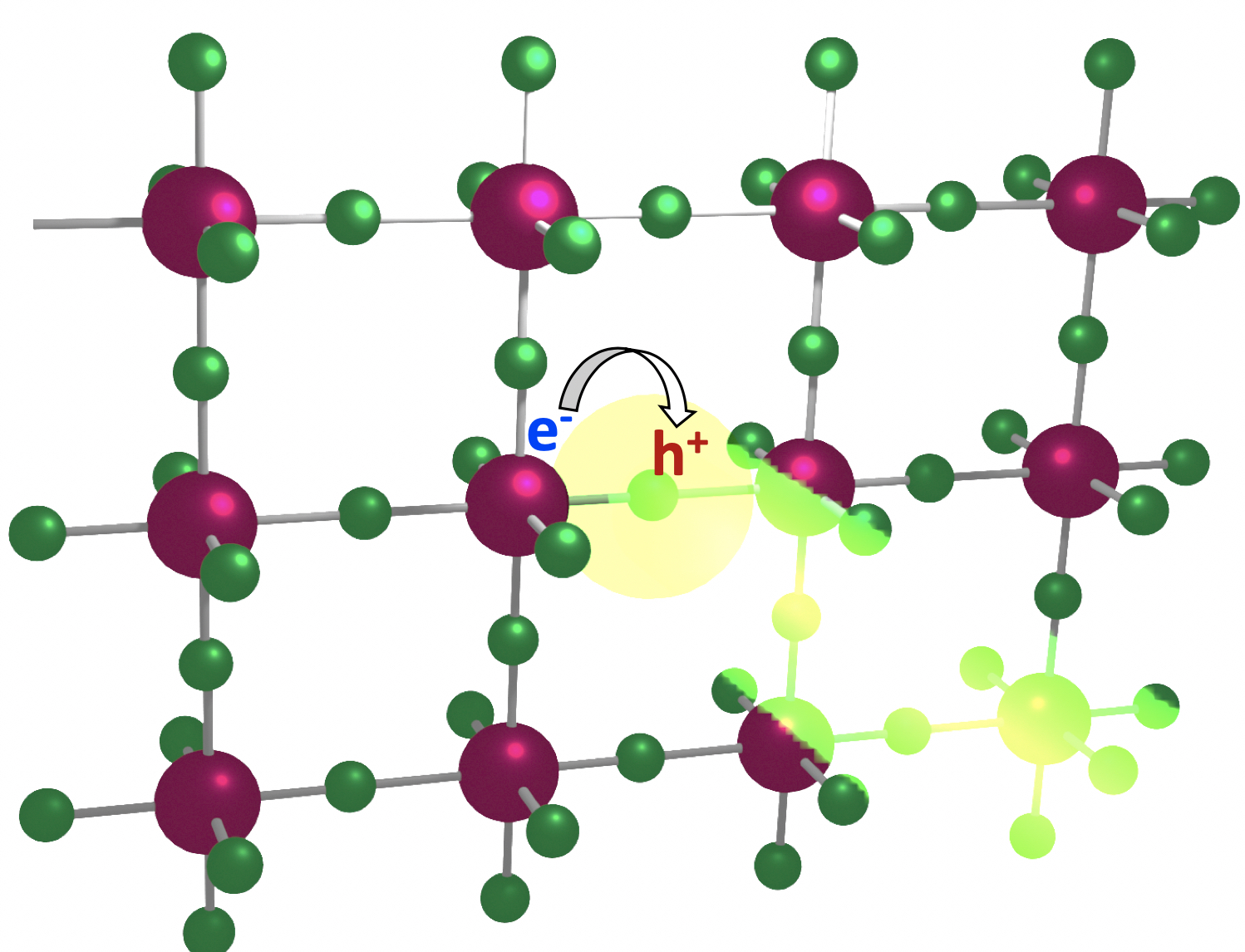
Organic Spacers Improve LED Performance
Sandwiching a 2-D light-emitting layer between ring-shaped carbon compounds significantly improved device efficiency and brightness.
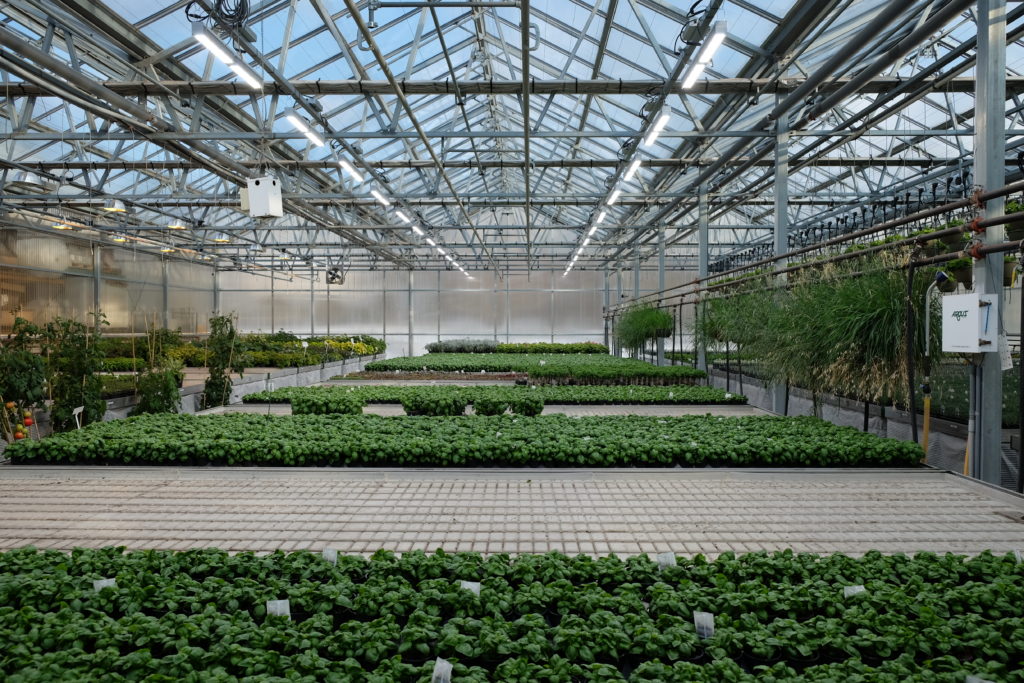
LED Lighting in Greenhouses Helps But Standards are Needed
While LED lighting can enhance plant growth in greenhouses, standards are needed to determine the optimal intensity and colors of light, according to Rutgers research that could help improve the energy efficiency of horticultural lighting products.